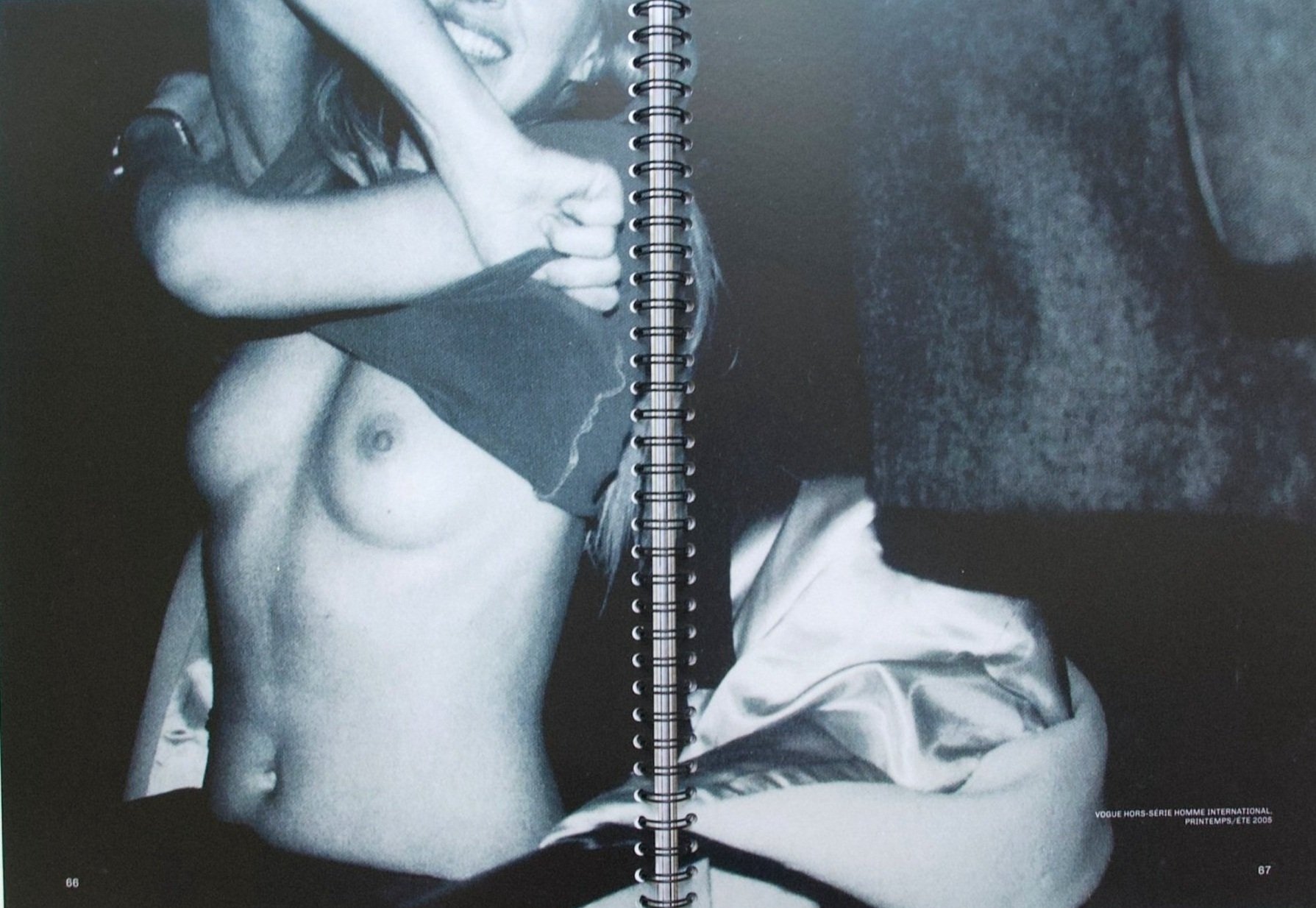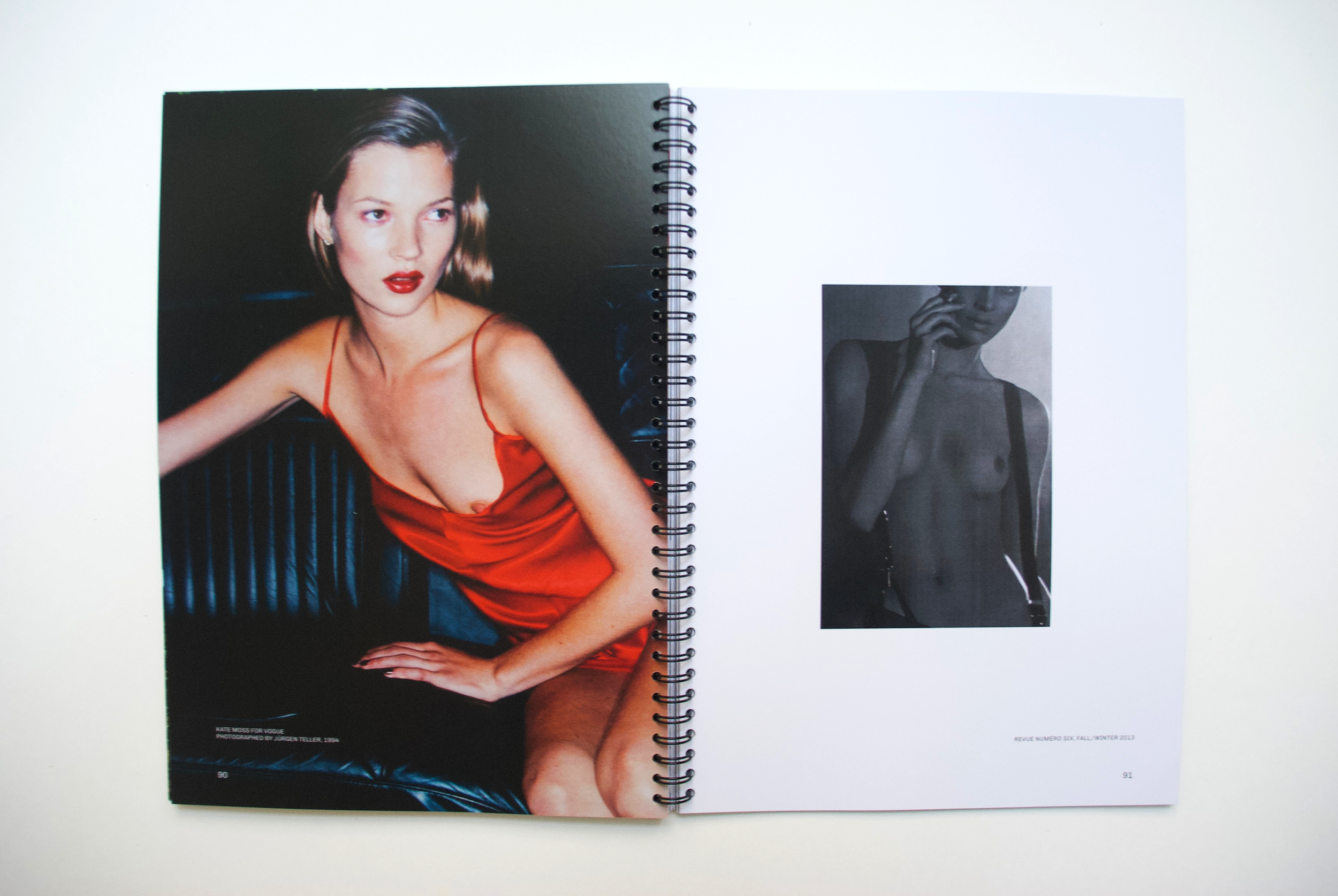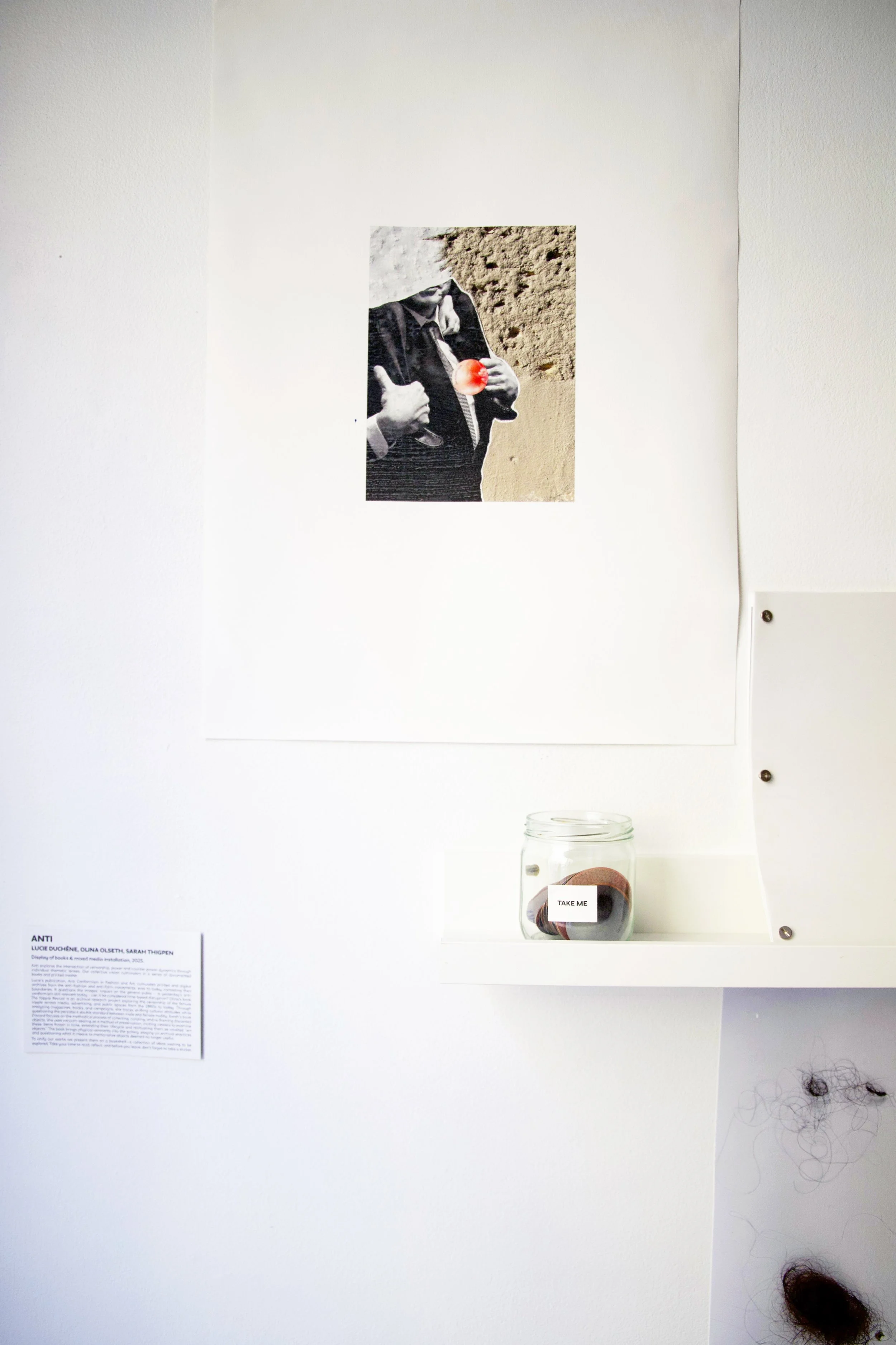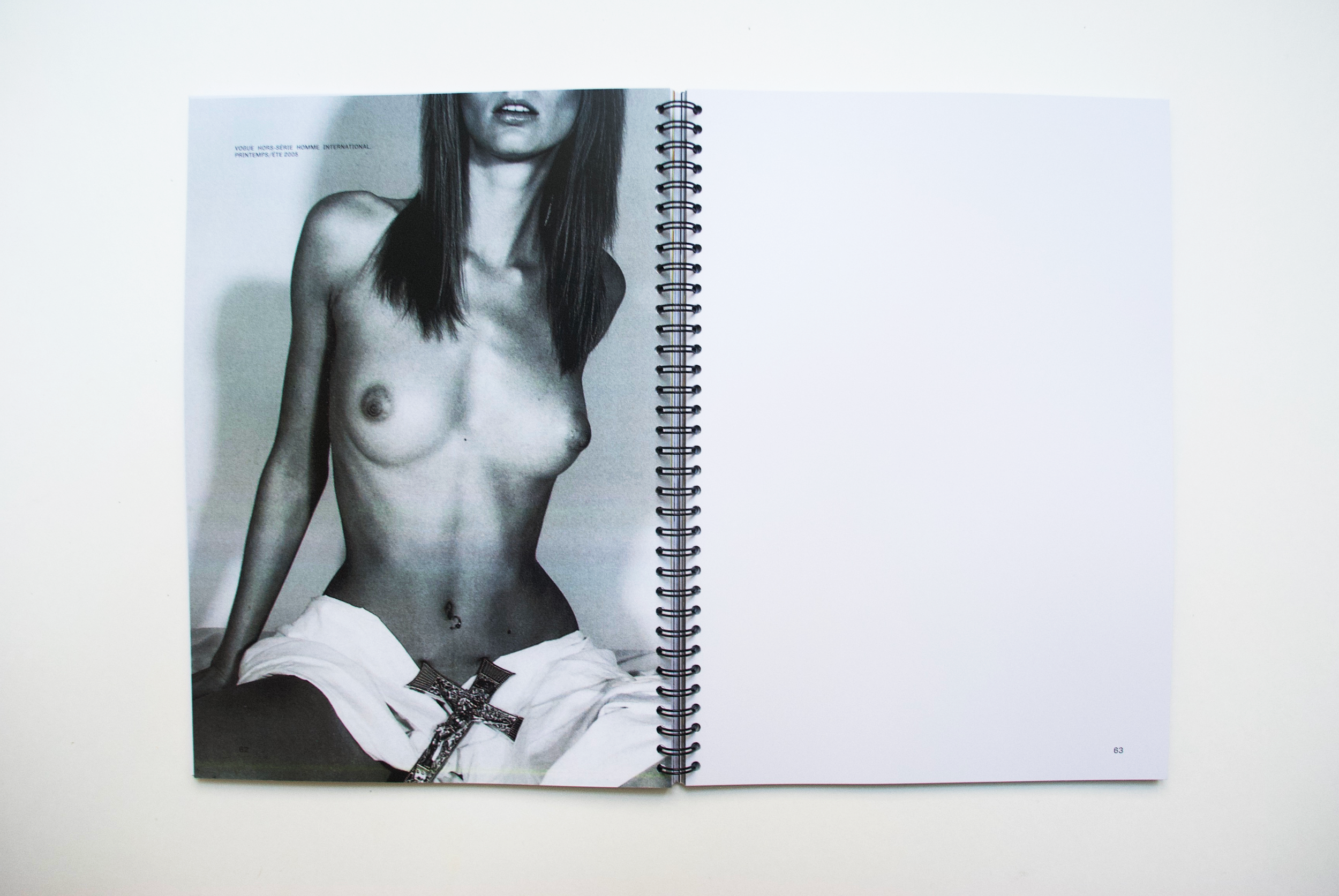
The Nipple Revival
It all started when I posted a picture on Instagram of Helmut Newton’s Sumo: 20th Anniversary Edition—the one with Henriette Allais on the cover. Not long after, Instagram took it down for “display of nudity.” And honestly? That really frustrated me.
It’s a photography book. I see this image of Henriette Allais as a work of art. I get that explicit content isn’t always appropriate on social media, especially with younger users on the platform. But let’s be real—if this were a man on the cover, would it have been removed? Probably not. So, my question is: why is a male nipple acceptable while a female nipple is censored?
Women’s bodies have historically been far more sexualized, but that doesn’t mean female nipples should be completely erased. It’s also about shifting how we see nudity in general. Marina Abramović once said in an interview about her Imponderabilia piece: “Nudity has been something normal in human culture for centuries, and I don’t understand why people feel offended by nudity.” My mom told me that when she was growing up, it was totally normal for women to tan topless at the beach. Now, I rarely see anyone doing it. Even I would feel out of place. In my opinion, censoring the female body only draws more attention to it instead of normalizing it.
For decades, the female nipple has been hidden, blurred, or outright banned in media, advertising, and public spaces—while the male nipple remains freely displayed. Even searching for paintings or artworks featuring nudity today, many are censored by platforms like Google under “SafeSearch.” My ongoing research explores this double standard by looking at magazines, books, and ads from the 1980s to today, tracing how the visibility of the female nipple has shifted over time.
Lately, though, things are changing. In fashion, sheer fabrics and braless looks are all over the runways, redefining how the female body is represented. Just look at YSL’s Summer and Winter 2024 collections—most of the looks feature see-through fabrics, letting the nipple be free. Other brands like Chloé, Duran Lantink, and Paloma Wool are embracing the same shift.
This book is just one perspective on a much bigger conversation. I encourage everyone to explore this issue, ask questions, do their own research, and most importantly, keep the conversation going.
- OO

Installation view of ANTI, exhibited at Galerie 45, Paris, France, April 2025. A collaborative project by Lucie Duchêne, Sarah Thigpen, and Olina Olseth.
Installation view of "ANTI" at Galerie 45, Paris, France, April 2025.
All three projects displayed of "ANTI", Galerie 45, Paris, France.
Olina Olseth, The Nipple Revival, Stickers in glass jar, 2025.
Sarah Thigpen, "Discard", 2025.
Sarah Thigpen, "Discard", 2025.
Sarah Thigpen, "Discard", 2025.
Lucie Duchêne, "Anti Conformism in Fashion and Art", 2025.
Lucie Duchêne, "Anti Conformism in Fashion and Art", 2025.
Lucie Duchêne, "Anti Conformism in Fashion and Art", 2025.
Lucie Duchêne, "Anti Conformism in Fashion and Art", 2025.
Olina Olseth, "The Nipple Revival", Flip Book, 2025.
Olina Olseth, "The Nipple Revival", 2025.
Olina Olseth, "The Nipple Revival", 2025.
Installation view of "ANTI" at Galerie 45, Paris, France, April 2025.
Olina Olseth, "The Nipple Revival", 2025.
flip the nipple.
*
flip the nipple. *
71 unique and distinct nipple stickers placed throughout Paris.







































